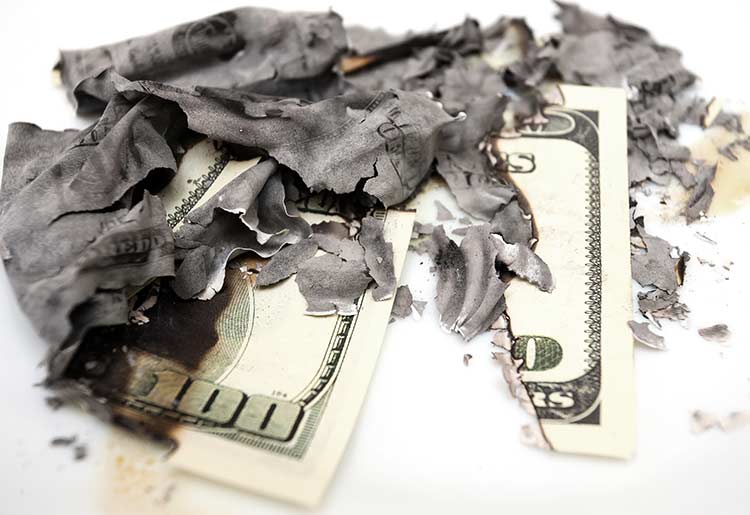Chargebacks spring up when someone disputes a card payment and their provider requests the money back on their behalf. Loosely speaking, there are two main reasons for this. Firstly, the customer says they’ve been cheated in some way – they didn’t get the item they paid for, or they say they never authorized the payment in the first place.
If you haven’t provided whatever your customers paid for, you don’t have much of a leg to stand on. That person is entitled to get their money back and you shouldn’t dispute that.
The same goes for card payments that were made fraudulently. Whether you knew of the fraud or not, if you’ve accepted a payment you should not have, the customer is well within their rights to fight the charge.
BUT
there are many situations where you did indeed provide the customer with the item they ordered, and the customer did indeed place an order altogether. The frustrating part is, though, that you’re probably the one who needs to prove it.
To help you avoid falling into this annoying and time-wasting trap, here are 9 great tips for avoiding chargebacks in your business before they even happen.
1. Use a Clear Payment Descriptor
This is so simple, yet so often overlooked. A descriptor makes it so that your business name shows up on credit card statements. One of the biggest reasons people dispute charges is that they look at the entry on their card statement and say, “I don’t recognize that name!” Make sure that whatever payment descriptor you use, it will make it easy for your customers to identify your business on their credit card statements.
2. Always Follow Protocol
You’d be surprised how often protocol is overlooked, especially in brick and mortar stores. Whatever system the payment provider/processor has outlined, stick to it! Whether this means taking a signature, making your customer enter their PIN or insisting on whatever other details/additional security steps the payment method demands of you. It doesn’t matter how rushed the customer is - don’t take chances with your money.
3. Be Easily Accessible
Make it easy for customers to get hold of you and always reply to queries fast. In most cases, you should be able to resolve problems with customers directly, without the situation escalating any further. Most of the time, the reason why the customer disputes their charge is because of frustration. Customers that are happy become customers for life.
4. Learn to Spot Fraud
Keep on top of the latest common scams, hacks, and methods used by fraudsters. Simple things like a mismatch in billing and delivery addresses should raise a red flag – always follow up on hints like these and make efforts to contact the customer and confirm that they’ve actually made the payment if you’re concerned.
5. Be Choosy About Your Delivery Partners
When you use a delivery partner, you’re judged based on how reliable they are. If the partner delivers a bag of cat food that’s already open, or delivers it much later than expected, you could find yourself in breach of the agreements you made with your customer.
6. Make Sure Product Descriptions Are Accurate
If a customer feels cheated, not only will they demand their money back but they might not return to your store. For example, let your customer know how many cans of cat food are included in one package. Always be meticulously honest about what it is you’re selling so that customers know what to expect.
7. Be careful about offering “Free” Trials
We’ve all been stung by a free trial that automatically starts billing you when the trial period is over. It’s a nasty little trick and it drives people NUTS. Not only does it damage trust in your brand and create a bad feeling with potential customers, but it can leave you with a barrage of refund and chargeback requests from people refusing to pay for the service.
8. Record EVERYTHING
If you need to dispute a chargeback, you’ll need plenty of evidence at your fingertips to back up your claim. Take plenty of details from customers and make sure you can find things like signed receipts, transaction times, dates and amounts, and any other authorization details as soon as they’re requested.
9. The Pen Is Mightier Than The Claim
Get customers to sign for things whenever possible. Contracts are your best bet. Anything they actively have to fill in, sign for and send back to you helps to prevent fraud while giving you ample support if you need to dispute a chargeback.
Conclusion
As all business owners know, chargebacks are one of the worst parts of owning a business. The take away precious time and money that many businesses can’t afford to lose. Remembering these nine tips and making them a priority will give you peace of mind and may even save you money.
